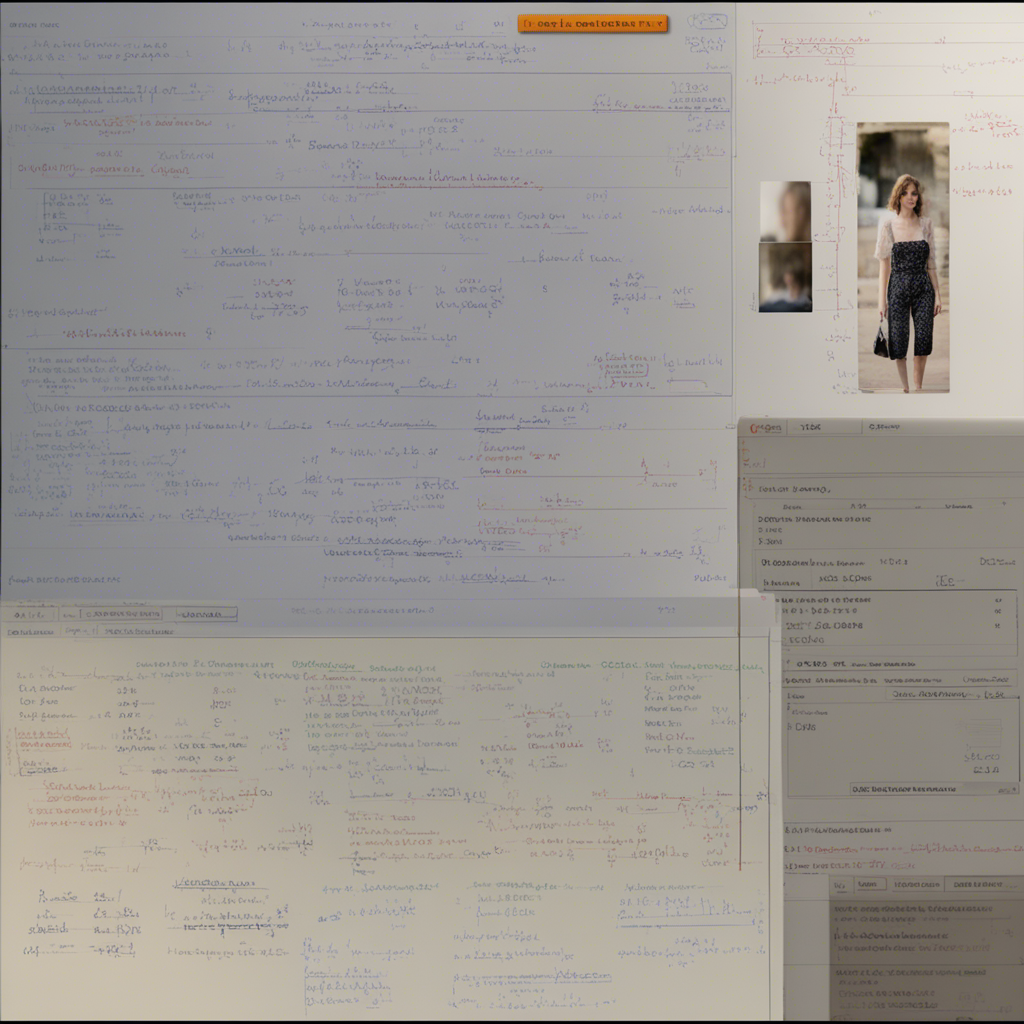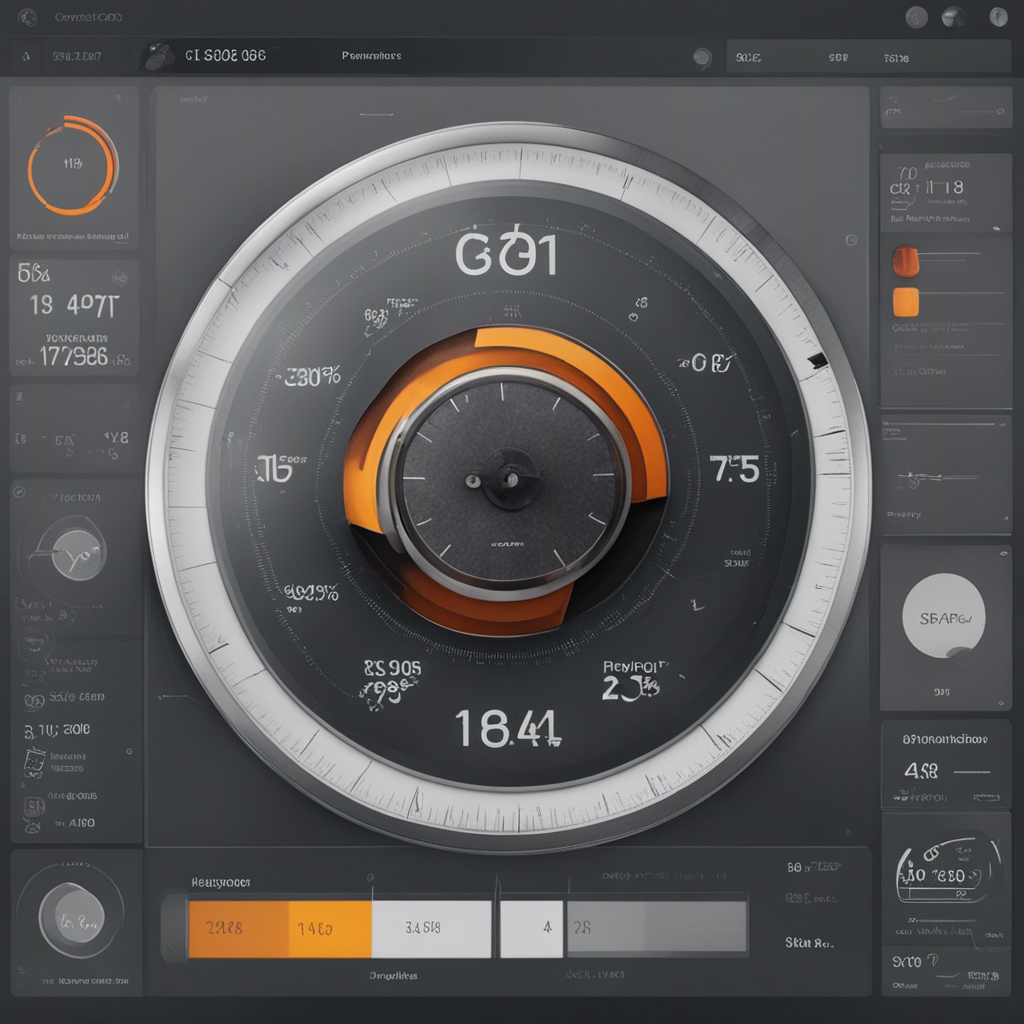
The World of Image Recognition and Computer Vision
In recent years, image recognition and computer vision have gained significant advancements, revolutionizing various industries and enhancing our daily lives. From autonomous vehicles to facial recognition systems, these technologies have proven to be incredibly powerful and versatile. In this blog post, we will delve into the world of image recognition and computer vision, exploring their applications, challenges, and future prospects.
Defining Image Recognition and Computer Vision
Image recognition is the process of analyzing, understanding, and identifying objects or patterns within digital images or videos. It involves algorithms and techniques that enable computers to perceive and interpret visual data, mimicking human visual perception to some extent. On the other hand, computer vision is a broader field that encompasses image recognition and extends its capabilities to include tasks such as object tracking, scene reconstruction, and image generation.
The Role of Machine Learning
Machine learning, a branch of artificial intelligence, plays a crucial role in image recognition and computer vision. By training models on vast amounts of labeled image data, machine learning algorithms can learn to identify and classify objects accurately. Deep learning, a subset of machine learning, has particularly revolutionized these fields with the introduction of convolutional neural networks (CNNs).
Applications in Various Industries
Healthcare
Image recognition and computer vision have made significant contributions in the healthcare industry. From early detection of diseases through medical imaging to surgical assistance and telemedicine, these technologies have transformed patient care. For instance, AI-powered algorithms can analyze medical images, such as X-rays and MRIs, to aid in diagnosing conditions like cancer or identifying abnormalities.
Automotive
The automotive industry has embraced computer vision for various applications. Driver assistance systems, such as lane departure warning and pedestrian detection, rely on image recognition to enhance safety on the roads. Moreover, self-driving cars heavily rely on computer vision systems to perceive and interpret their surroundings, allowing them to make informed decisions in real-time.
Retail
In retail, image recognition has revolutionized the way consumers shop. With the integration of computer vision technology, retailers can offer personalized shopping experiences and enhance inventory management. For example, visual search enables customers to find products by simply taking a photo or uploading an image, while automated checkout systems use image recognition to accurately identify and price items.
Security and Surveillance
Image recognition and computer vision have significantly advanced security and surveillance systems. Facial recognition technology is widely used in law enforcement to identify suspects and enhance public safety. Additionally, computer vision algorithms can analyze video feeds to detect suspicious behavior or unauthorized access, improving overall security measures.
Entertainment and Gaming
The entertainment and gaming industries have harnessed the power of image recognition and computer vision to create interactive and immersive experiences. Virtual reality (VR) and augmented reality (AR) technologies heavily rely on computer vision to track movements and interactions, allowing users to engage with virtual objects and environments.
Challenges and Future Prospects
While image recognition and computer vision have made tremendous progress, several challenges persist. One significant challenge is the need for vast amounts of labeled training data. Obtaining labeled datasets can be time-consuming and expensive, limiting the development and deployment of advanced computer vision systems.
Additionally, ensuring the ethical use of these technologies is crucial. Concerns surrounding privacy, bias, and potential misuse of facial recognition systems have prompted debates and calls for regulations. Striking a balance between innovation and responsible implementation is essential to overcome these challenges.
However, the future holds immense promise for image recognition and computer vision. As technology continues to advance, we can expect more accurate and versatile algorithms. The integration of AI and machine learning with computer vision will pave the way for even more sophisticated applications, such as real-time object tracking, 3D scene reconstruction, and immersive virtual experiences.
Conclusion
Image recognition and computer vision have transformed numerous industries, offering unprecedented capabilities to analyze and interpret visual data. From healthcare and automotive to retail and entertainment, these technologies have opened up a world of possibilities. Despite the challenges, the future looks bright, with continuous advancements and innovative applications on the horizon. As image recognition and computer vision evolve, they will undoubtedly shape our world in ways we never imagined possible.
Remember to include visual content such as diagrams, charts, or infographics to enhance understanding and engagement.






